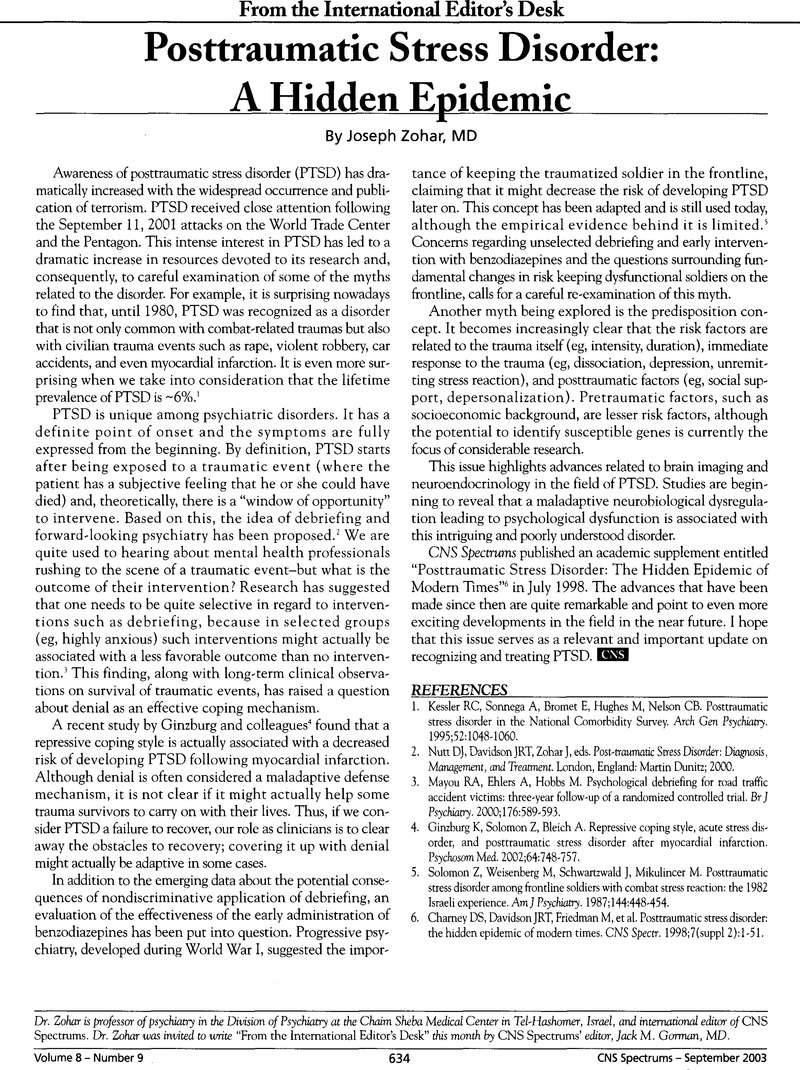Crossref Citations
This article has been cited by the following publications. This list is generated based on data provided by Crossref.
Baratz-Goldstein, Renana
Deselms, Hanna
Heim, Leore Raphael
Khomski, Lena
Hoffer, Barry J.
Atlas, Daphne
Pick, Chaim G.
and
Harvey, Brandon K
2016.
Thioredoxin-Mimetic-Peptides Protect Cognitive Function after Mild Traumatic Brain Injury (mTBI).
PLOS ONE,
Vol. 11,
Issue. 6,
p.
e0157064.



